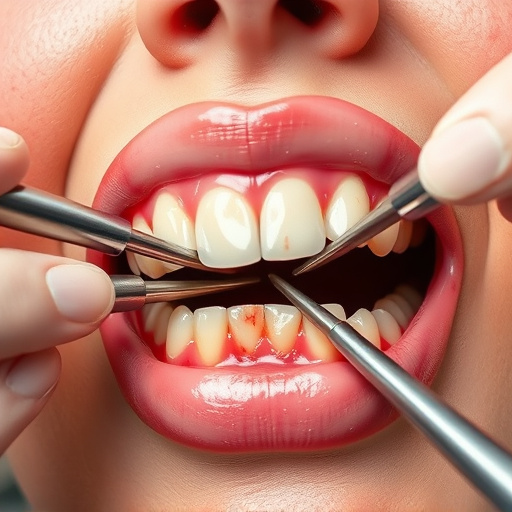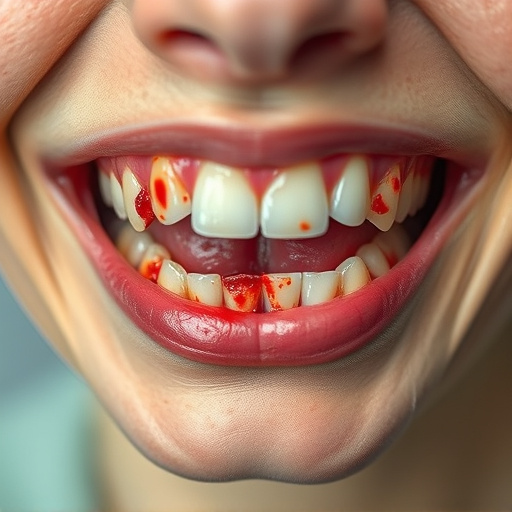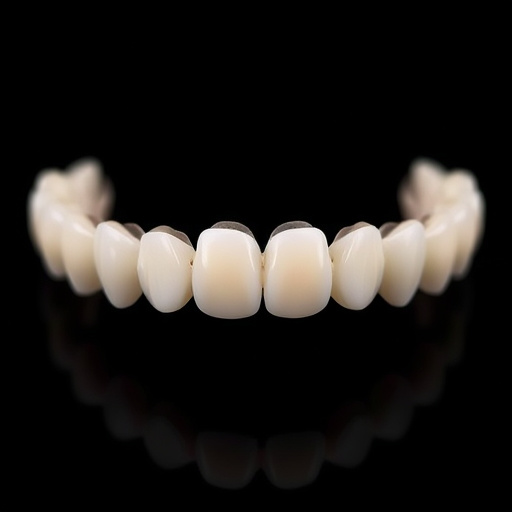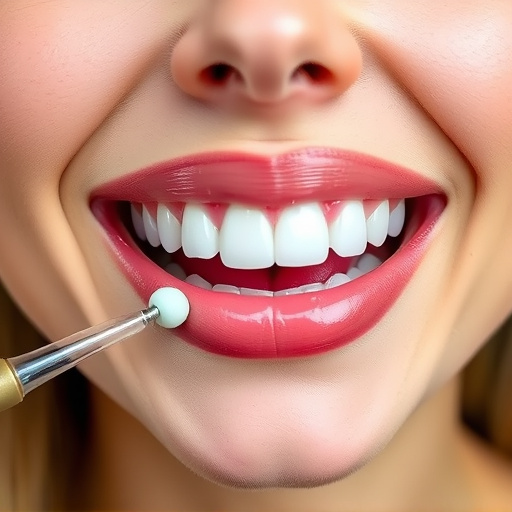Conservative dental treatment focuses on minimizing intervention and preserving natural tooth structure. This approach includes less invasive procedures like root canal treatments, routine cleanings, and dental implants, avoiding unnecessary extractions. By prioritizing oral health and aesthetic appeal without significant discomfort, these methods offer faster healing times, lower risk of complications, and quicker returns to normal routines. Regular teeth cleanings and fillings prove highly effective in addressing minor issues early, enhancing overall oral well-being with minimal treatment costs.
Maintain healthy teeth with conservative dental treatment approaches that prioritize minimal intervention. This article explores understanding, benefits, and common treatments, empowering you to make informed decisions for optimal oral health. By choosing less invasive procedures, you can preserve your smile’s natural beauty while addressing issues effectively. Discover how these conservative methods not only protect but enhance your dental well-being, ensuring a brighter future for your teeth.
- Understanding Conservative Dental Treatment Approaches
- Benefits of Choosing Less Invasive Procedures
- Common Conservative Treatments and Their Impact on Oral Health
Understanding Conservative Dental Treatment Approaches
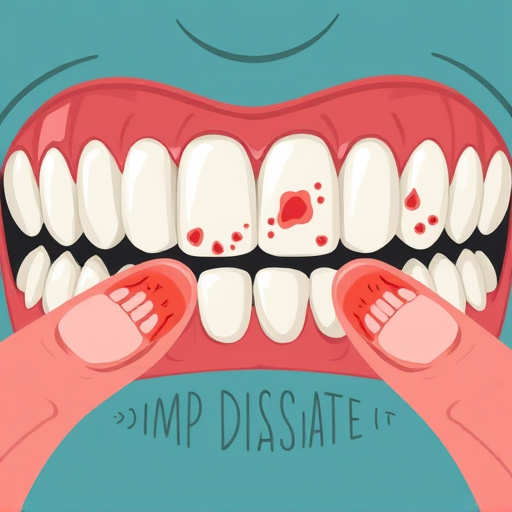
Conservative dental treatment focuses on preserving as much natural tooth structure as possible while addressing oral health concerns. This approach prioritizes less invasive procedures to prevent unnecessary removal of healthy teeth and gums. Unlike more aggressive treatments, conservative options aim to protect and restore oral health without causing significant discomfort or long-term side effects. For instance, instead of extracting a decayed tooth, a dentist might recommend a root canal treatment to save it.
This method also encompasses cosmetic dentistry techniques that enhance the aesthetic appeal of teeth while maintaining their structural integrity. Simple procedures like dental cleanings and routine checkups are fundamental to conservative care, as they help detect early signs of decay or gum disease. In some cases, dental implants can be a conservative solution for missing teeth, providing a long-lasting alternative to traditional bridges or dentures without sacrificing adjacent healthy teeth.
Benefits of Choosing Less Invasive Procedures
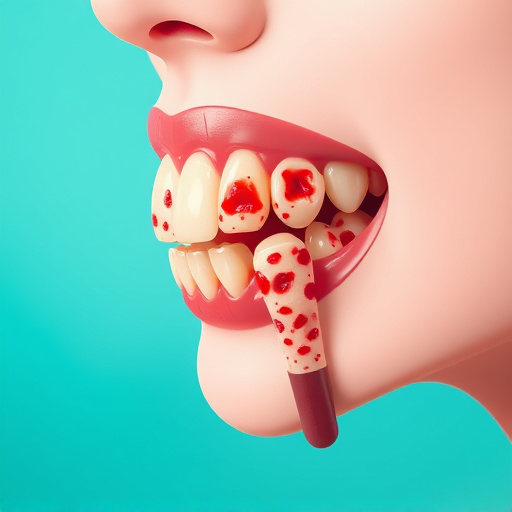
Choosing less invasive procedures offers numerous benefits for maintaining healthy teeth. Conservative dental treatments focus on preserving as much natural tooth structure as possible, which can help prevent unnecessary pain and discomfort during the procedure. Unlike more complex surgeries or extractions, these methods often result in faster healing times and reduced risk of complications, allowing patients to quickly return to their normal routines.
Additionally, conservative approaches like teeth cleaning and dental fillings can be highly effective in addressing minor issues before they escalate. For example, regular teeth cleanings can remove plaque and tartar buildup, preventing tooth decay and gum disease. Dental fillings, when used judiciously, help restore damaged teeth without resorting to more drastic measures such as wisdom tooth removal. By opting for these less invasive procedures, individuals can enjoy improved oral health while minimizing the need for extensive or costly treatments.
Common Conservative Treatments and Their Impact on Oral Health

Conservative dental treatments offer a range of options to maintain and improve oral health without extensive procedures. One common method is dental bonding, where a composite material is applied to repair chipped or cracked teeth, restoring their shape and function. This minimally invasive technique is often preferred for its ability to preserve more of the natural tooth structure compared to other treatments.
Another popular choice is dental implants, which serve as artificial tooth roots, providing a long-lasting solution for missing teeth. While more advanced than bonding, implants still fall under conservative treatment categories due to their focus on preserving oral health and aesthetics. Regular routine oral exams also play a vital role in maintaining overall oral well-being by allowing dentists to detect issues early, often preventing the need for more complex treatments.
Conservative dental treatment offers a gentle, effective approach to maintaining oral health while preserving tooth structure. By opting for less invasive procedures like fillings, crowns, or minor restorative work instead of more aggressive treatments, individuals can enjoy lasting results and minimize long-term damage. This holistic method prioritizes overall oral well-being, ensuring that smiles remain strong, functional, and beautiful for years to come.







